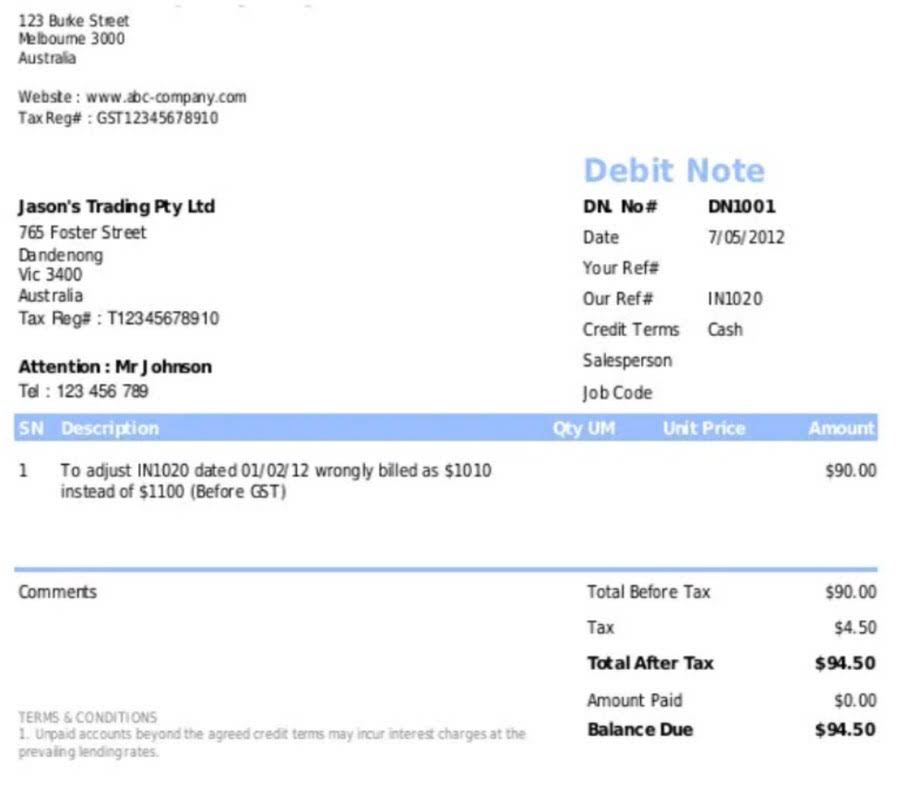An increasing ratio indicates that your business is reducing its investments in fixed assets. If this figure would have been negative, it would indicate that Jack and Co. did not have sufficient funds to pay off its current liabilities. As mentioned above, the Net Working Capital is the difference between your business’s short-term assets and short-term liabilities. These include short lifespan and swift transformation into other forms of assets. What is a more telling indicator of a company’s short-term liquidity is an increasing or decreasing trend in their net WC.
How is change in working capital calculated?
- Current assets are assets that a company can easily turn into cash within one year or one business cycle, whichever is less.
- In the absence of further contextual details, negative net working capital (NWC) is not necessarily a concerning sign about the financial health of a company.
- For many firms, the analysis and management of the operating cycle is the key to healthy operations.
- A high net working capital demonstrates that a company efficiently utilizes its resources.
A high net working capital demonstrates that a company efficiently utilizes its resources. This efficiency helps a business maximize its profitability, as it is well-prepared to handle unexpected expenses or invest in income-generating opportunities without relying heavily on external financing. Investing more money in inventory means keeping your cash idle and not putting it to use. Therefore, this results in decreased liquidity and makes your business less competitive. Besides the above ratio, you can also use another ratio that compares the Net Working Capital of your business to its total assets. Adequate Net Working Capital ensures that your business has a smooth operating cycle.
Part 6: Wait, Why Don’t the Cash Flow Statement and Balance Sheet Figures Match?!!
Each one of these steps will help improve the short-term liquidity of the company and positively impact the analysis of net working capital. The net working capital formula is calculated by subtracting the current liabilities from the current assets. The formula to calculate working capital—at its simplest—equals the difference between current assets and current liabilities. Given a positive working capital balance, the underlying company is implied to have enough current assets to offset the burden of meeting short-term liabilities coming due within twelve months. Companies can forecast future working capital by predicting sales, manufacturing, and operations. Forecasting helps estimate how these elements will impact current assets and liabilities.
How Working Capital Impacts Cash Flow
Suppose we’re tasked with calculating the net working capital (NWC) of a company with the following balance sheet data. The change in net working capital refers to the difference between the net working capital of a company in two consecutive periods. It is calculated by subtracting the net working capital of the earlier period from that of the later period. The change in NWC comes out to a positive $15mm YoY, which means the company retains more cash in its operations each year.
This means the time needed to acquire raw material, manufacture goods, and sell finished goods is optimum. In this case, the retailer may draw on their revolver, tap other debt, or even be forced to liquidate assets. The risk is that when working capital is sufficiently mismanaged, seeking last-minute sources of liquidity may be costly, deleterious to the business, or, in the worst-case scenario, undoable. Taken together, this process represents the operating cycle (also called the cash conversion cycle).
Balance Sheet Assumptions
So, you may ask your debtors to pay within days depending on the industry standards. Remember, you need to reduce the time period between completing production and sending invoices to your customers. This means your business would have to search for additional sources of finance to fund the increased current assets. This you can achieve by either taking additional debt, selling assets or shares, or increasing profits. As a business, your aim is to reduce an increase in the Net Working Capital.
- This can lead decreased operations, sales, and may even be an indicator of more severe organizational and financial problems.
- It’s worth noting that while negative working capital isn’t always bad and can depend on the specific business and its lifecycle stage, prolonged negative working capital can be problematic.
- Therefore, as of March 2024, Microsoft’s working capital metric was approximately $28.5 billion.
- QuickBooks’ Working Capital calculator measures whether a business can pay off its short-term obligations with its current assets or the operating liquidity available.
- Second, your business’s liquidity position improves and the business risk reduces if you hold large amounts of current assets.
- However, such techniques do not play a significant role in managing your current assets.
Furthermore, you collect accounts receivable on time and pay accounts payable when due. Further, excessive investment in your current net change in working capital assets may diminish your business profitability. Therefore, it is important for you to determine the optimal level of working capital.
- Generally, yes, if a company’s current liabilities exceed its current assets.
- Ultimately, changes in net working capital impact a company’s cash flow and financial health, highlighting the importance of monitoring these fluctuations for effective financial management.
- Expanding without taking on new debt or investors would be out of the question and if the negative trend continues, net WC could lead to a company declaring bankruptcy.
- While this doesn’t always indicate financial health, businesses should manage their working capital carefully to have adequate liquidity and meet short-term obligations.
- Alternatively, bigger retail companies interacting with numerous customers daily, can generate short-term funds quickly and often need lower working capital.
- Managing current assets is similar to managing the fixed assets of your business.









